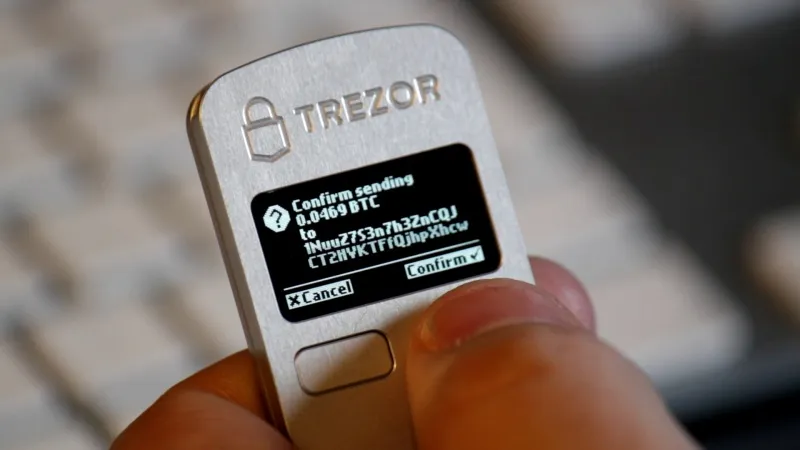
Well, here we are, yet again. My lazy ass is asking all you beautiful, smart bastards for some advice. The last #crowdsourcing-clarity post was a big success and the Steem Backed Dollar tips are all paid out.
Things often work kind of serendipitously, and, as "luck" (or whatever force determines these things) would have it, serendipity took the form of Steemit.com tonight.
I have been thinking about buying a Trezor hard wallet for some crypto holdings for a while now, and was just talking about this with one of my friends a day or two ago, in a much more focused and intentional mindset. Now, just tonight as I am cruising the Steemit trending page, I come across this stellar post about how to build your own Trezor wallet. Now, I am not nearly knowledgeable enough to go there at the moment, but the section about the regular Trezor wallet really piqued my interest.
So what do you want to know, KafkA??
Basically I am looking for a very technical LAYMAN'S explanation of how the device can be connected to one's computer and make transactions, but still not be hacked. I know that "technical layman's explanation" may sound like a bit of an oxy moron on the surface, but I hope some of you will know what I mean.
I also want to know one more thing. The stellar post I referenced above says that any number of addresses can be generated within the Trezor. Is there any way for an outside party to be able to tell how many addresses are held inside the Trezor?
Looking forward to your answers, Steem-Os! Peace!
~KafkA
Graham Smith is a Voluntaryist activist, creator, and peaceful parent residing in Niigata City, Japan. Graham runs the "Voluntary Japan" online initiative with a presence here on Steem, as well as Facebook and Twitter. (Hit me up so I can stop talking about myself in the third person!)


